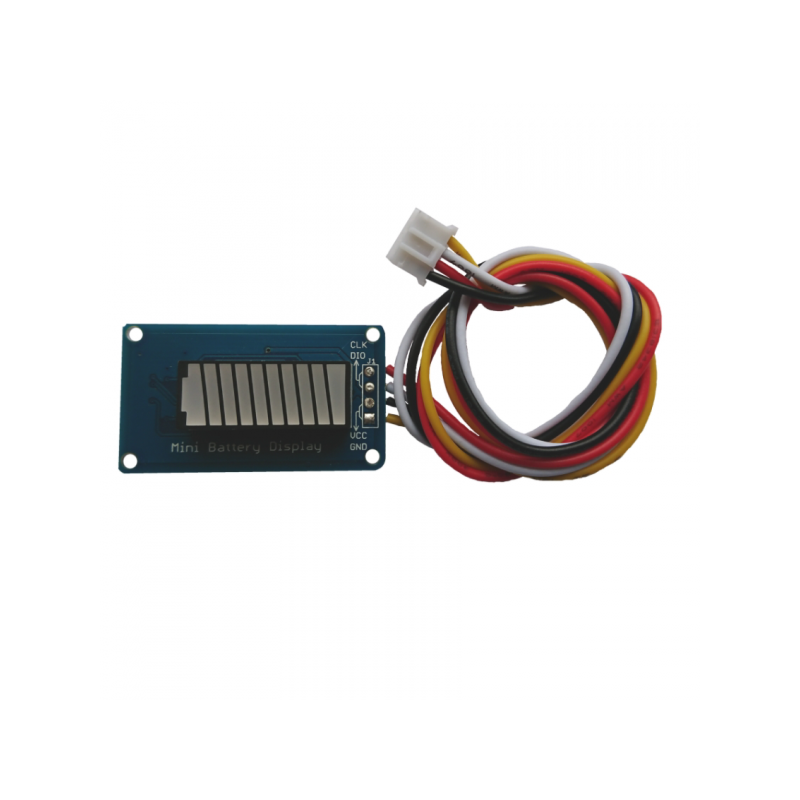

Category


Фотографии предназначены только для информационных целей. Посмотреть спецификацию продукта
please use latin characters
SOC-BAR LED indicator is useful to monitor the battery pack State-Of-Charge (SOC) in action.
SOC-BAR LED indicator is useful to monitor the battery pack State-Of-Charge (SOC) in action. Indicator connects to the same Battery Management System (Tiny BMS) communication interface connector. It shows the percentage representation of Battery Management System (Tiny BMS) calculated SOC value of the battery pack. Before using SOC-BAR LED indicator Tiny BMS SOC-BAR broadcast protocol must be configured in the Battery Insider application. How to properly enable and configure the Battery Management System (Tiny BMS) for data broadcasting refer to Chapter 4.
Доступность: Информируем, что этого продукта нет на складе
Вы можете сделать предварительный заказ, сообщить о своем интересе к товару, нажав кнопку «Спросить о наличии».
Вы должны быть зарегистрированы
SOC-BAR LED indicator is useful to monitor the battery pack State-Of-Charge (SOC) in action.
SOC-BAR LED indicator is useful to monitor the battery pack State-Of-Charge (SOC) in action. Indicator connects to the same Battery Management System (Tiny BMS) communication interface connector. It shows the percentage representation of Battery Management System (Tiny BMS) calculated SOC value of the battery pack. Before using SOC-BAR LED indicator Tiny BMS SOC-BAR broadcast protocol must be configured in the Battery Insider application. How to properly enable and configure the Battery Management System (Tiny BMS) for data broadcasting refer to Chapter 4.
Не удаётся отправить вашу оценку отзыва
Пожаловаться на комментарий
Жалоба отправлена
Не удаётся отправить вашу жалобу
Оставьте свой отзыв
Отзыв отправлен
Не удаётся отправить отзыв
